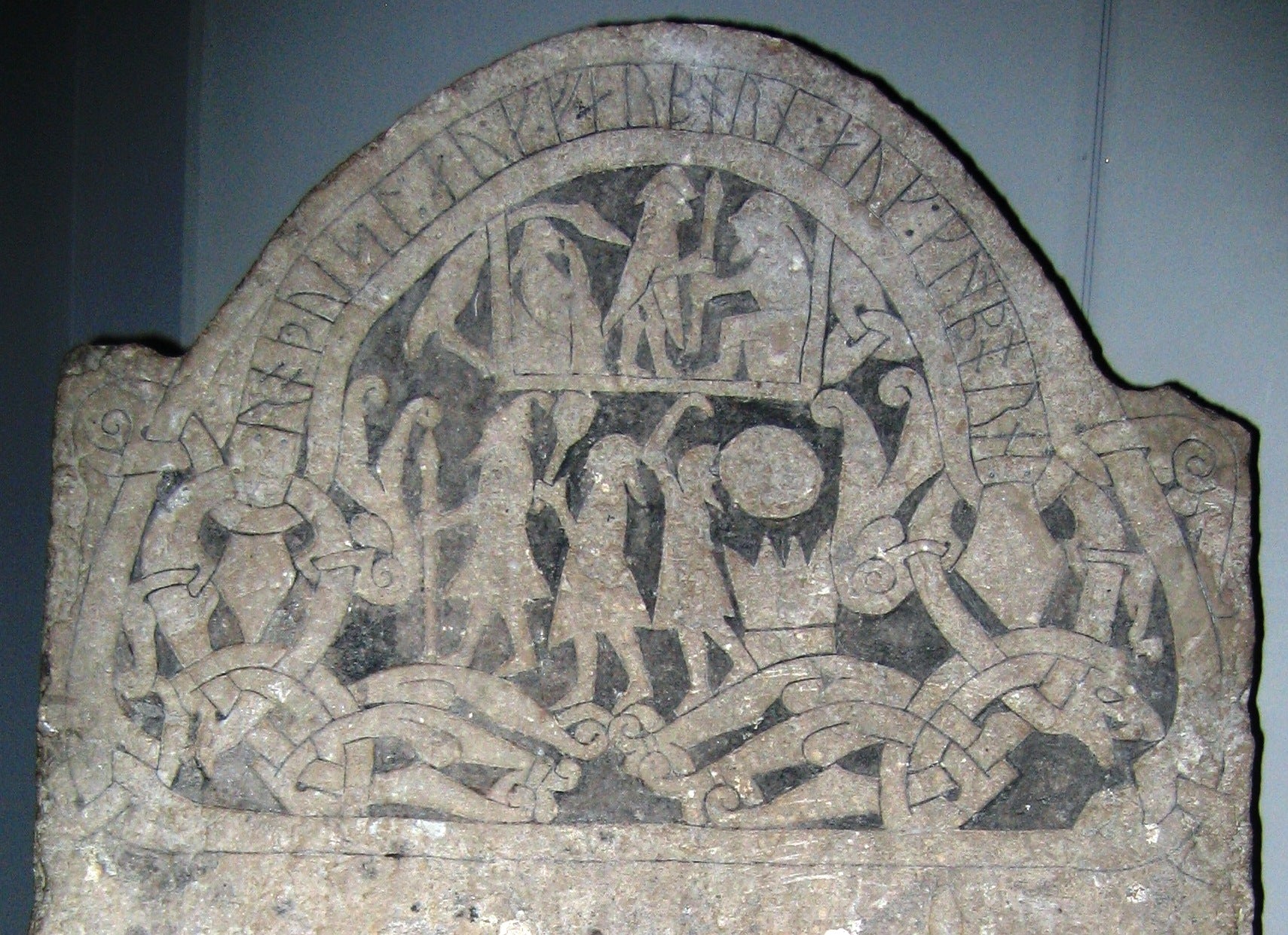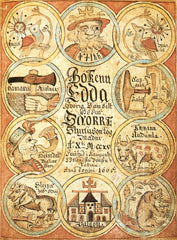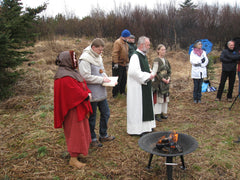on all orders over $100
on all orders over $100

Asatru is a neo-pagan religion that emerged with a revival of the old viking age beliefs during the 20th century. It is a polytheistic religion which worships numerous Gods, with its practitioners often referred to as 'heathens'. The pre-christian belief system of the Scandinavian people was not widely practiced for centuries therefore most of what is known about this Norse faith is from ancient writings.
The meaning of the word 'Asatru' roughly translates as 'being true to the 'Æsir' the Æsir being the main cohort of gods in Norse Mythology. This comes from the old norse 'ǫ́ss' (being the singular form of Æsir) and the word 'trú;' which meant 'faith'. The main focus of the Asatru faith is around these gods, most notably; Odin, Thor, Frigg, Tyr and Baldur.
The modern attempt of reviving the ancient norse religion begun in Iceland with the work of Sveinbjörn Beinteinsson, who became the first high priest in the organisation. He was a farmer by trade and became a priest in the Asatru religion, publishing a book of Rimur (Icelandic poetry) in 1945. The faith was officially recognised when he started a petition with the Icelandic government to acknowledge the Íslenska Ásatrúarfélagið (the Icelandic Asatru Fellowship) as a real religion. His appeal was successful in 1973 and it was also later recognised in Norway and Denmark.
Since then the religion has grown and many heathen communities have formed, especially throughout the USA and the UK. It is estimated to have around 20,000 followers and is currently both the largest non-christian religion and the fastest growing religion in Iceland.
In Asatru there are no set scriptures which are said to be 'the word of god' like in other religions. However there are a group of writings on which the religions is based, the first is the Prose Edda, also known as the Younger Edda, written by Snorri Sturluson. The original and more authentic texts are referred to as the Poetic Edda, these are original and unaltered ancient poems written by anonymous sources. They are collected in a medieval Icelandic book called the Codex Regis, and are the writings on which Snorri's work is based.

A copy of the Edda from 1666 - Anonymous
Since the Prose Edda was only written in the 13th century, which was long after the end of the Viking age, many practitioners consider this to be less authentic than the original Poetic Edda.
The organisation of most Asatru communities is based around the same style as it was in the Viking age. This includes one priest, referred to in asatru as a Goði, who is responsible for a congregation of practitioners. This mimics the old days when each small village would have a priest of their own. Even though there were usually different Goði for each geographical area the Vikings were always free to choose their own. The Goði perform all religious purposes for the faith including weddings, funerals and naming ceremonies.
There are four main celebrations in Asatru, one in celebration of Freyja which is held at the winter solstice, one held in spring solstice in honour of the god Freyr, one in the summer solstice which celebrates the human society and laws and the final one on the first day of winter in honour of the Allfather, Odin.

An Asatru ritual in Reykjavík, Iceland - Haukurth, Own work, CC BY-SA 3.0
The first way in which Asatru separates itself from the major Abrahamic religions is that it is Polytheistic, meaning it includes with worship of multiple gods instead of just one. The concept of 'original sin' that is present in christianity and the practice of 'saving' people is not present at all in Asatru. This could be part of the reason that the Norse religion never survived as the vikings were not determined to spread their beliefs. They also often adopted the local beliefs when they settled in new lands, such as the Normans did in France, which could help explain why the religion died out around 1000 years ago.
There were many stories of the Gods themselves practicing behaviours that would be considered sinful in other religions, indicating that the Norse Gods were much closer to humans in nature that many others are portrayed to be. The gods are by no means imperfect and are seen more as friends and allies rather than all powerful divine beings that pass judgement on humans.
There was also a general belief in norse culture that it was a possibility that there were many different gods and different ways to pursue spirituality. This meant that the Vikings did not feel the need to convert others and impose their religion on them.
If you enjoyed our article or have anything to add please leave a comment below.
Leave a comment